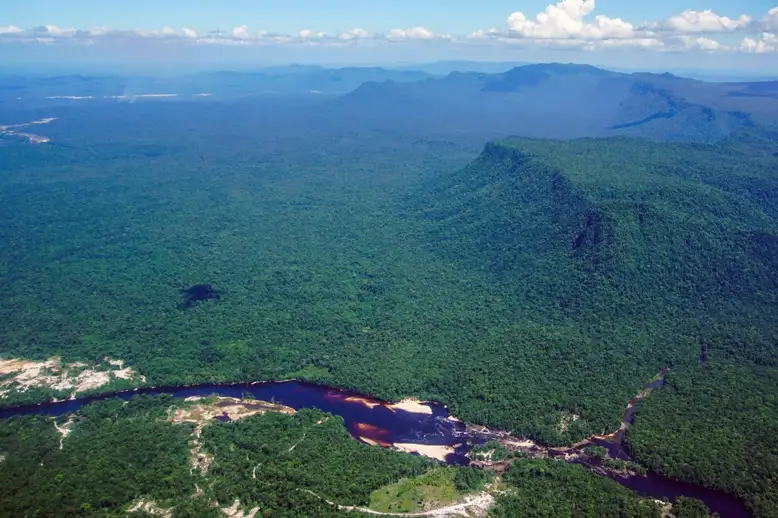Amazon Deforestation at 8-Year Low: A Win for Conservation
In a startling reversal, a welcome and significant milestone in the fight against climate change has emerged: deforestation in Brazil’s Amazon rainforest has reached its lowest rate in eight years. This development signals meaningful progress in preserving one of the planet’s most vital ecosystems and combating the dire consequences of environmental degradation.
A Critical Turning Point
The Amazon rainforest, also known as the “Lungs of the Earth,” is critical to preserving global ecological equilibrium. It covers around 5.5 million square kilometres and absorbs large amounts of CO2 while creating oxygen, making it critical to climate change mitigation. However, this essential ecosystem has suffered constant threats from illicit logging, livestock ranching, mining, and agricultural expansion, resulting in worrisome rates of deforestation over the decades.
According to recent data issued by Brazil’s National Institute for Space Research (INPE), deforestation rates are down 33% over the previous year. Between August 2023 and July 2024, the Amazon lost about 4,000 square kilometres of forest, the lowest total since 2016. This victory marks a watershed moment in the quest to safeguard the Amazon and provides a ray of hope for worldwide conservation efforts.
The Impact of Policy and Enforcement
Deforestation has decreased significantly as a result of the Brazilian government’s increased commitment to environmental preservation under President Luiz Inácio Lula da Silva. When President Lula took office in January 2023, he prioritised rectifying his predecessor’s environmentally destructive policies, which had drawn international criticism for eroding environmental laws..
Key measures implemented include:
- Strengthened Law Enforcement: The government increased funding for environmental enforcement agencies, such as IBAMA (Brazilian Institute of the Environment and Renewable Natural Resources), enabling them to crack down on illegal deforestation activities.
- Indigenous Land Protections: Efforts to recognize and safeguard Indigenous territories have played a pivotal role, as these areas often serve as natural barriers against deforestation.
- Global Partnerships: Brazil has also partnered with international organizations and governments, including the European Union and Norway, to secure funding for preservation initiatives. The Amazon Fund, a mechanism that channels resources into sustainable projects, has been revitalized.
Broader Implications
Reduced deforestation benefits not only Brazil but also the rest of the world. By maintaining the Amazon, the world’s biggest rainforest, Brazil helps to mitigate climate change, protect biodiversity, and assist Indigenous groups that rely on the jungle for survival.
However, issues remain. Economic pressures and political opposition from agricultural and mining lobbies continue to pose challenges. To preserve this downward trend in deforestation, sustained efforts will be required on both the domestic and international levels.
Sources and Evidence
- Brazil’s National Institute for Space Research (INPE): www.inpe.br
- Reuters Coverage of Amazon Fund: www.reuters.com
- Environmental Defense Fund Report: www.edf.org
- Analysis by World Resources Institute (WRI): www.wri.org
The dramatic drop in Amazon deforestation demonstrates the effectiveness of targeted policy measures and international collaboration. As the globe commemorates this accomplishment, it serves as a reminder that collaborative efforts can result in considerable progress towards protecting our planet’s future.

